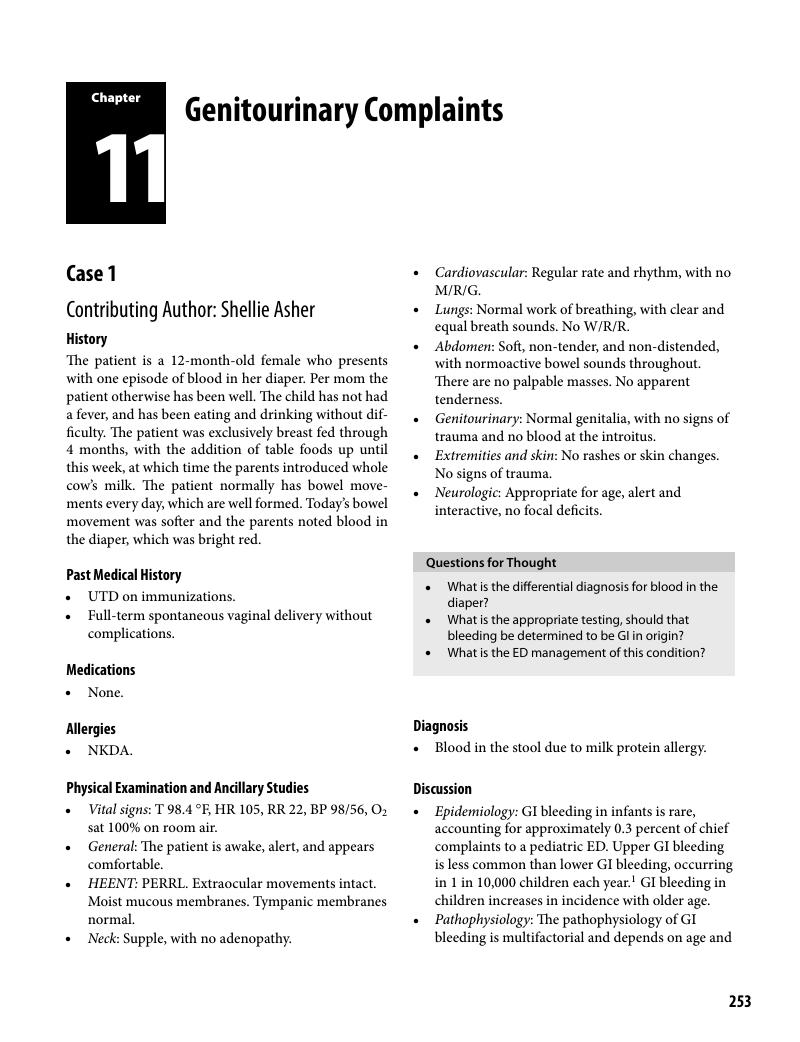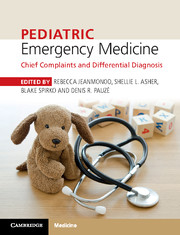Book contents
- Pediatric Emergency Medicine
- Pediatric Emergency Medicine
- Copyright page
- Contents
- Contributors
- Preface
- Abbreviations
- Reference Values
- 1 A Statement
- 2 Resuscitation
- 3 Breathing Complaints
- 4 Fever
- 5 Eye, Ear, Nose, and Throat Complaints
- 6 Extremity Complaints
- 7 Vomiting
- 8 Abdominal and Chest Pain
- 9 Altered Mental Status
- 10 Head and Neck Pain
- 11 Genitourinary Complaints
- 12 Skin Complaints
- Case Key
- Index
- References
11 - Genitourinary Complaints
Published online by Cambridge University Press: 14 December 2017
- Pediatric Emergency Medicine
- Pediatric Emergency Medicine
- Copyright page
- Contents
- Contributors
- Preface
- Abbreviations
- Reference Values
- 1 A Statement
- 2 Resuscitation
- 3 Breathing Complaints
- 4 Fever
- 5 Eye, Ear, Nose, and Throat Complaints
- 6 Extremity Complaints
- 7 Vomiting
- 8 Abdominal and Chest Pain
- 9 Altered Mental Status
- 10 Head and Neck Pain
- 11 Genitourinary Complaints
- 12 Skin Complaints
- Case Key
- Index
- References
Summary

- Type
- Chapter
- Information
- Pediatric Emergency MedicineChief Complaints and Differential Diagnosis, pp. 253 - 272Publisher: Cambridge University PressPrint publication year: 2017



